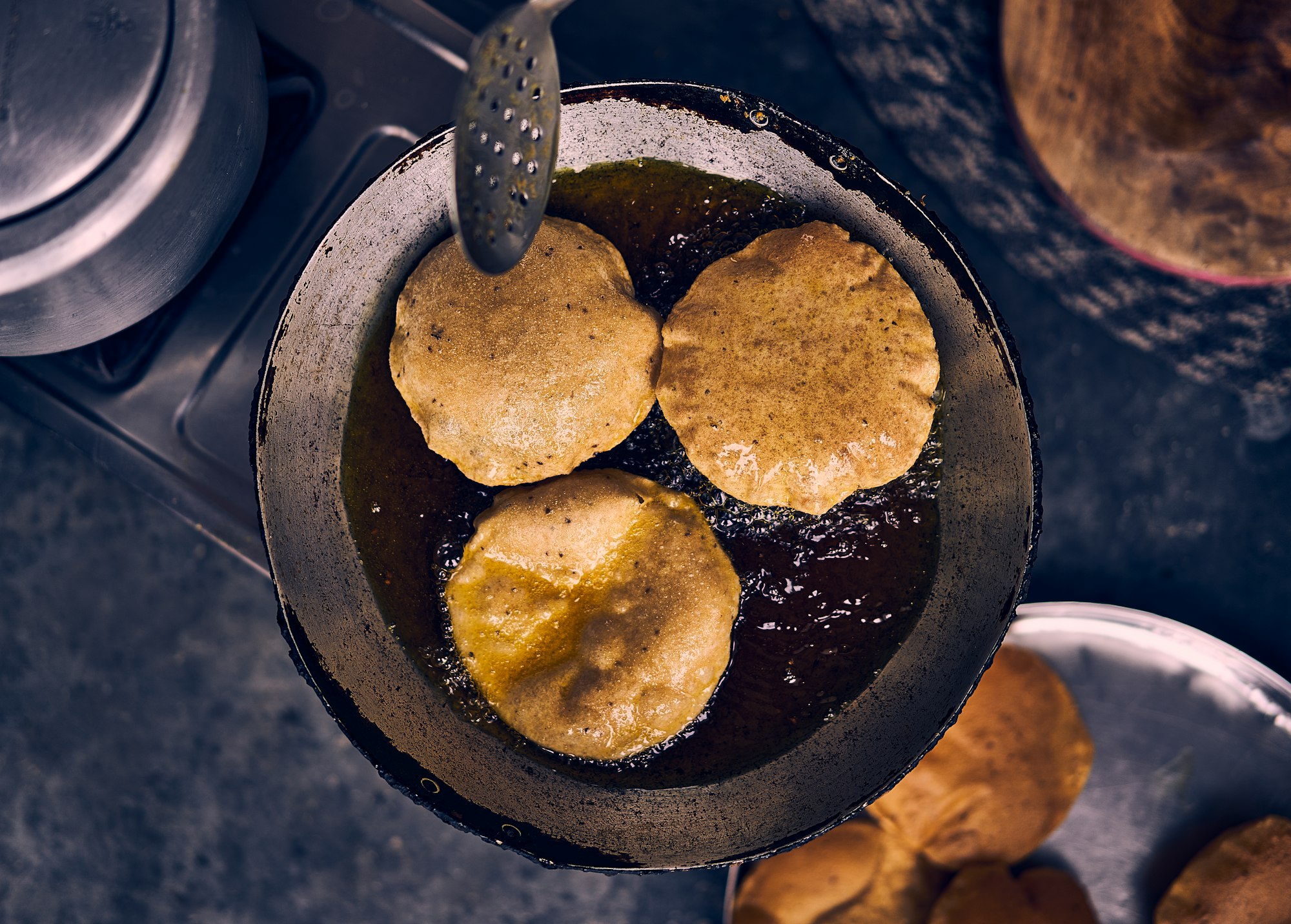Cooking Oil Best Temperatures

Cooking oil is mostly fat from various sources. Oils like vegetable, nut, and olive oils are healthy, but they should be used for different applications. The norm for most cooking has been olive or vegetable oils because of their familiarity, but olive and vegetable oils are NOT the best oils for cooking. Why?
Oils On High Heat
When cooking food on a medium-high to high heat, vegetable and olive oils will oxidize. Oxidization means the oil spoils. When oxidation occurs, free radicals form. Free radical formation at a high rate is unhealthy. If free radicals are produced at levels higher than normal, then a myriad of negative reactions or illness can occur.
Health Effects
When you heat vegetable and olive oils, they can create lipid oxidation products which can lead to atherosclerosis, arthritis, cardiovascular disease, conditions of digestive tract, and cancer. Evidence has not been linked to humans, but animal studies have shown all the above when exposed to lipid oxidation products.
Lipid oxidation product exposure hasn’t been extensively studied; thus, it’s hard to know how much lipid oxidation is harmful. To optimize your health, choose cooking oils with high amounts of saturated fats and very low levels or trans or polyunsaturated fats. Let’s make it simple.
The Cooking Oil Guide
Below are the oils you need to be using for different types of cooking or cold methods.
Searing (400 degrees Fahrenheit and above)
- Palm Oil
- Refined Coconut Oil
Sauteing (approximately 300 degrees Fahrenheit)
- Natural Butter (grass fed)
- Coconut Oil
- Lard
- Cold Applications Only
- Olive oil (great for dressings and finishing oil)
- Vegetable oil
More information about Structural Chiropractic in Birmingham, Alabama, click here.
For more health news, click here.
